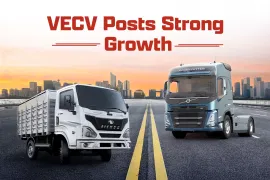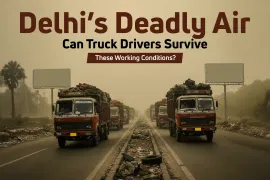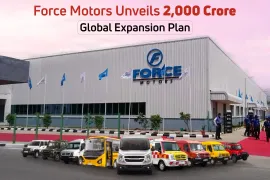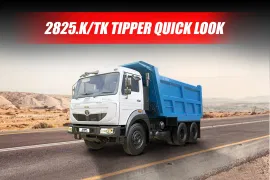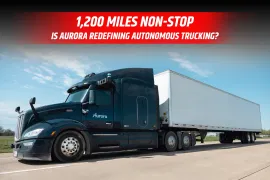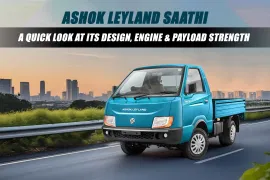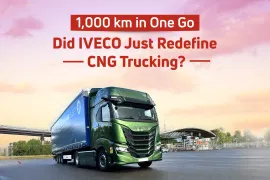India's trucking business, traditionally regarded as the backbone of domestic transportation, is transitioning into a new era in 2025. Economic changes, green regulations, and widespread digital uptake are rewriting the book on how products travel within the nation. Below, we cover the fundamental trends driving this revolution and defining the future of freight mobility.
1. Electric Trucks Join Mainstream Fleets
In 2025, fleet owners are using electric trucks not only for pilot runs but for regular logistics. Short-distance city routes are now managed by battery-powered trucks because of reduced operating costs and more stringent emission regulations. Incentives from the government, particularly under the FAME II program, have been of help for the fleet owners. Charging facilities, while still under development, are growing in high-density traffic corridors.
2. Sustainability Transitions
Green trucking is no longer a dream in India. Fleets are reducing emissions with alternative fuel, route optimisation and light vehicle bodies. Several companies today disclose Scope 3 emissions, demonstrating pressure from international customers to decarbonise their supply chains. Biodiesel and CNG-fueled trucks are becoming popular in Tier-2 cities and some long-distance truckers are also testing hydrogen-powered prototypes under controlled conditions.
3. Digital Telematics Now an Industry Necessity
Trucking driven by data is the new norm and GPS tracking is only the starting point. Fleets today have fuel analytics, driver behavior tracking, and predictive maintenance from their telematics systems. With internet accessibility and speeds getting better and better, real-time insights are enhancing fleet safety and management. Insurance companies also prefer fleets that incorporate telematics, providing lower-cost premiums to data-fortified operators.
4. Driver-Assist and Autonomous Technologies
Self-driving trucks are still far away. But driver-assist functions like cruise control and driver alert are coming to Indian trucks. OEMs are integrating these systems as a value-centric proposition, particularly in the premium haulage segment. Freight on highways is the most probable arena for early mechanization because of its pre-determined routes. Regulatory structures continue to develop, but pilot runs have commenced on some expressways.
5. Logistics Digitisation
Logistics is quickly digitalising. Aggregator platforms are now linking small fleet operators with shippers, decreasing dead mileage and enhancing margins.
India's Unified Logistics Interface Platform (ULIP) has begun to make freight data across ministries smooth. This is creating an increasingly transparent logistics ecosystem, with shipment visibility and compliance tracking in real time.
6. Last-Mile and E-Commerce
The expansion of e-commerce is transforming truck design. Small, nimble trucks with electric powertrains currently are widely used in city-centre delivery runs. Truck makers are launching modular truck bodies optimized for parcel delivery, cold chain business and fast-moving consumer goods (FMCG). This is gaining momentum in cities with congestion charges and low-emission zones.
Conclusion
India's trucking sector in 2025 is at the crossroads of change and resilience. Electric mobility, digital enablement and sustainability aspirations are no longer news headlines but daily operational facts. Although issues of infrastructure and regulation continue, the drive toward smarter, cleaner, and more efficient trucking is evident.
For fleet managers, OEMs and startup logistics companies alike, being nimble in reaction to these trends will decide their viability for competing in the future freight economy.
91Trucks is the place to go for all things commercial vehicles. If you need a new or used truck for your business, check it out. We have everything you need, from detailed reviews and exact specs to the best deals that fit your business needs. Stay up to date on the latest news, analysis, and stories from the business.
Follow us on Facebook, Instagram, and LinkedIn, and subscribe to our YouTube channel to get the latest news and videos from experts!
Read More
Web Stories
Latest Trucks News
Categories
91trucks is a rapidly growing digital platform that offers the latest updates and comprehensive information about the commercial vehicle industry.

